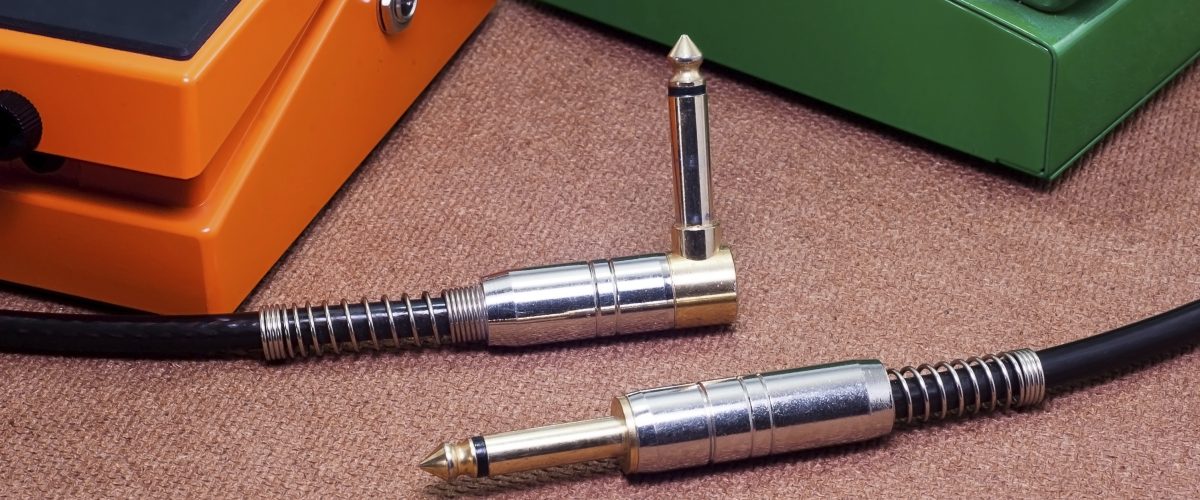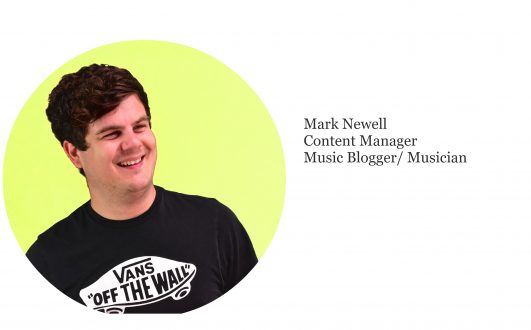How Do I Set Up My Effects Signal Chain?
19th November 2016

Having already bought a slick new guitar and amp, a lot of guitar and bass players are often keen to delve into the vast world of effects pedals. Effects pedals can drastically change the tone of your guitar, varied by the type of effects used and the amount of different effects being layered up. Each guitar pedal will manipulate input signal in a different way which opens up endless opportunities. Understanding the fundamental purpose of each pedal you have will help when deciding on the order to link them up.
Utility & Filter Pedals
A good idea is to start with any utility pedals you may have. Pedals such as tuners work best when taking in raw, unaffected signal from your guitar so it’s a good idea to put them at the very start of your chain so as you’re getting the most accurate reading from the tuner. Similarly, filter pedals such as wah or auto filter pedals work most effectively near the start of your chain. This is because these kind of pedals depend highly on strong dynamics being inputed to the chain from the source. Once again raw, generally unaffected guitar signal will allow these pedals to work to the best of their ability.
Compressors
A common technique is to put compressor pedals after tuners and filters in the effects chain. Doing this allows for a signal with flatter dynamics to enter the more eccentric pedals in the chain. However, some people do put compressors at the end of the chain to tame the signal after the distortions and overdrives etc. then boost the volume with a gain based pedal – so have a think about that too when your lining up your lovely pedals. Compressors are something which take a lot of experimentation depending on what pedals are in your signal chain. It’s important also to remember with compressors that they will bring up ground noise or humming sounds being generated from the pedals placed before them in the chain. This is another reason why it is a good idea to put them at the start, to minimise the hum being brought out by the compressor.
Gain Based Pedals
As we’ve mentioned, it’s a good idea after the tuner, wah and compressors to go ahead and start fitting in your gain based pedals. These mainly include pedals such as distortions and overdrives. This is the part where the player gets to have fun and experiment with different signal chains to achieve the sound they desire. Remember that they are called gain based pedals for a reason, because they generally work based on the input gain of the signal, meaning that unless they have an output gain knob, they will boost the volume of the guitar signal. Be aware of this and try to find a way to attenuate the signal before it reaches the amp so as there isn’t a significant spike in the volume when you activate your distortions and overdrives. This is where an expression or volume pedal comes in handy. Although often placed near the start of a chain, placing an expression or volume pedal towards the end allows for full, real time control over the volume being outputted to the amp at the end of the effects chain.
EQ Pedals
On a similar note, it is advisable to place your EQ pedal after your gain based pedals if you have one. An EQ pedal will allow you to hone in and tame any overly harsh frequencies being amplified by the distortion pedals, particularly in the mid to high end.
Atmoshperic Pedals
Finally comes the ‘atmospheric’ pedals such as delays or reverbs. It’s always a good idea to place delays before reverbs as many delay pedals create a natural echo sound and putting a reverb-thick sound into some delay pedals can wash out your tone and create mud in the mix.
While we have laid out some basic ground rules, building an effects chain is totally a personal matter and at the end of the day depends on your own taste and what tone your aiming for. While experimenting with swapping out pedals and the order they are placed in the chain can seem like a tedious task, it can result in some new and interesting tones for your guitar or bass. Often this is what gives musicians their individuality so experimentation with your signal chain is key to standing out and marking your own territory as a musician.
Ever heard of Royal Blood?
If you want to hear an amazing example of someone who has spent a lot of time honing in on their tone, check out Royal Blood – a band with no guitars, just drums and bass! Don’t believe me? Check out their song below and listen to the pure masterpiece:
:
– Mike Kerr, Bassist, Royal Blood
When asked how he put his pedalboard together, said, “It’s a mixture, really. They’re some strange devices in it. The concept is pretty simple, but I spent so long figuring it out and because it’s such a big part of a band, so I don’t feel comfortable giving it away. It’s too early on in our career. Also, I don’t want to stress the point of the band being about just one sound. We’re trying to write the best songs that we can, know what I mean? The details of the pedalboard I want to keep to myself.”
Inspired? Good stuff – now go have some fun and find your tone!
Until next time,




